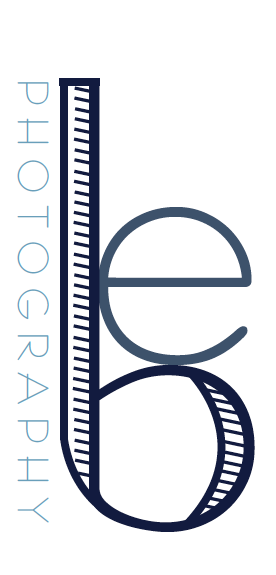As some of you may have known, this past Friday was National Photography Day. In honor of this, I have decided to go in depth on an image that I never really talked about from my previous blog titled "Fashion Accessories". With the help of my best friend, who went to see the Horst P. Horst exhibit in the Salvador Dali Museum in St. Petersburg Florida on her vacation, I have decided to give you a short bio of his life and fame as a photographer. Ill then show you how he inspired this image of mine. (Citations Below!)
Horst P. Horst was born in 1906 in Germany. At a young age, he discovered his love for art and in 1920 started studying at Hamburg, only to move to Paris in 1930 to study under the architect Le Corbusier. While in Paris, Horst met many people in the art industry including Baron George Hoyningen-Huene who was the Chief of Photography for French Vogue. In 1931, Horst became his photographic assistant as well as his lover and favorite model. In December of that year, he published his first of many images in French Vogue. In 1932, Horst had his first big exhibition in La Plume D'or in Paris. After this exhibit, he became famous almost overnight thanks to a review in The New Yorker.
In 1937, Horst moved to New York where he met Coco Channel and photographed for her for thirty years. While his career was going strong in the United States, it seems his love life was also in 1938. Horst met a British diplomat named Valentine Lawford, who lived with Horst until Lawford's death in 1991. They even adopted and raised a son together named Richard J. Horst.
In 1941 he applied for United States citizenship and joined the Army in 1943. In the Army, Horst had many of his images in the Army’s magazine called “Belvoir Castle.” In 1945, he became friends with and photographed President Harry S. Truman which lead him to photograph every first lady until the 1960s. Also in the 1960s, the new Vogue Editor Diana Vreeland convinced Horst to make a series of images illustrating the lifestyle of international high society members. Eventually he moved down to Palm Beach Gardens, Florida, and on November 18, 1999 at the age of 93 he died in his home.
Horst P. Horst’s images are still very prominent to the fashion industry today. Horst is best known for his fashion and portraits, but is also recognized for his still life’s and architecture images. His work often shows his interest in surrealism as well as glamour and beauty
Like these images here of Horst P. Horst.
This image of mine that I used in a series of different fashion accessories that I was inspired by Horst P. Horst to create. My style is very glamorous and elegant, Just like Horst P. Horst, and as he uses black and white film, I used monochromatic colors. Horst always has very strong visual lines, and I think the hat and my model Hannah's body language gives me those strong lines.
Have a good day everyone and happy Belated National Photography Day!
"Horst P Horst | Classic Photography." Horst P Horst | Classic Photography. N.p., n.d. Web. 20 Aug. 2016.
"Horst P. Horst." Encyclopedia Britannica Online. Encyclopedia Britannica, n.d. Web. 20 Aug. 2016.
"Horst P Horst News, Photos and Videos - Vogue." Horst P Horst News Photos and Videos Vogue. N.p., n.d. Web. 20 Aug. 2016.















